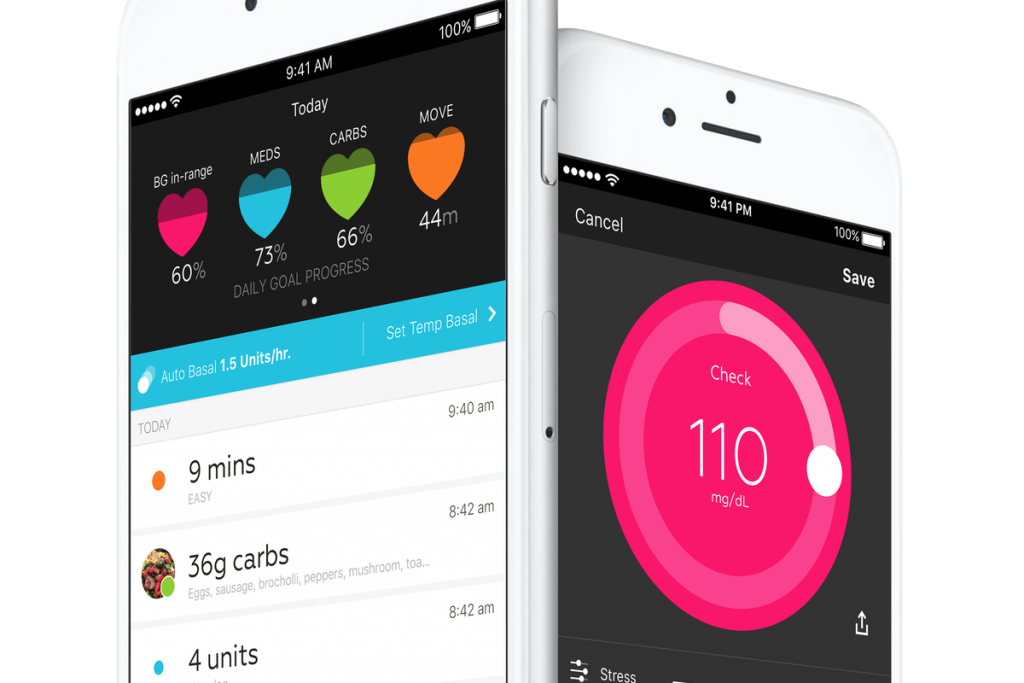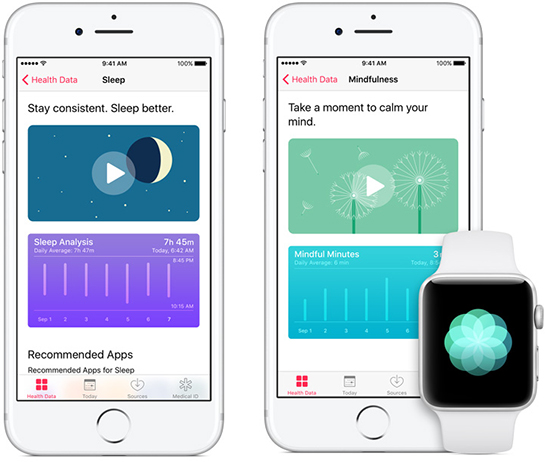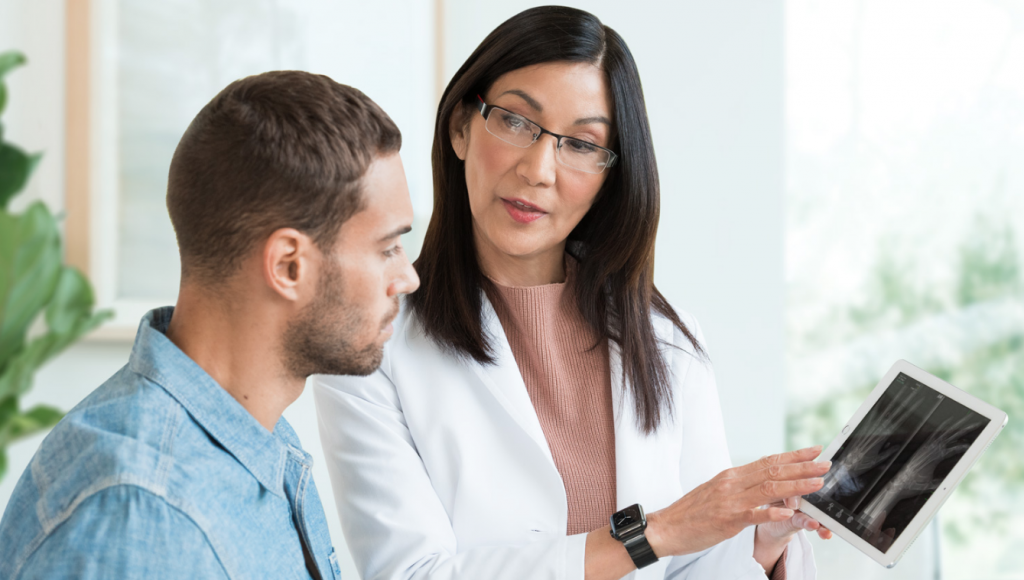Apple has been playing in the healthcare arena for the past few years, and they’re is still working hard to make the Watch an integral part of the wearable technology mix. But now Apple has taken on a whole new aspect by helping the physician help their patients. By using their technology, software and hardware, Apple may soon be the key to successful health outcomes for patients by storing medical records. By making the accessible to both patients and physicians in a secure environment is a long overdue promise. I hope they can do it.
So what is Apple’s plan?
Apple announced a new health effort as part of iOS 11.3. The new Health Records section in the Health app lets you gather and view all your medical records as well as the participating hospitals – see below. So that means that those hospitals and clinics will be able to push this data to your phone directly. You’ll receive a notification alerting you that you just received a new medical record. Data is encrypted on your phone and protected by your passcode.

- Johns Hopkins Medicine – Baltimore, Maryland
- Cedars-Sinai – Los Angeles, California
- Penn Medicine – Philadelphia, Pennsylvania
- Geisinger Health System – Danville, Pennsylvania
- UC San Diego Health – San Diego, California
- UNC Health Care – Chapel Hill, North Carolina
- Rush University Medical Center – Chicago, Illinois
- Dignity Health – Arizona, California and Nevada
- Ochsner Health System – Jefferson Parish, Louisiana
- MedStar Health – Washington, D.C., Maryland and Virginia
- OhioHealth – Columbus, Ohio
- Cerner Healthe Clinic – Kansas City, Missouri
 Why will Apple make the difference?
Why will Apple make the difference?
Apple does four things very well. They know how to automate operations, simplify tasks, create an intuitive interface, and provide trust. The apps on iPad, iPhone, and Apple Watch are capable of helping medical professionals deliver personalized care.
“Our powerful hardware is built to keep up with the demands of healthcare organizations to make work faster and more efficient. And intuitive apps provide easy access to critical health information, so healthcare teams have all the resources they need to make the best decisions for their patients.”
An intuitive, familiar interface.
Apple’s advantage is to build on a platform people are already familiar with. “Apple devices and iOS apps allow patients to learn more about their conditions or treatment, doctors to view lab results and radiology images, and nurses to send and receive secure communication or to help ensure patient safety when administering medications.”
 Apple can continue patient care at home.
Apple can continue patient care at home.
At home, iOS apps enable patients to stay connected to their care teams between office visits. Healthcare organizations can use off-the-shelf apps or use CareKit to create apps that empower patients to manage their health. iPhone, Apple Watch, the Health app, and HealthKit-enabled apps and medical devices make it easy for patients to record their health data and share it with their care teams.
Clinical trials and medical research.
Medical researchers can take their studies into the real world by building apps with ResearchKit. The open source framework streamlines the process, making it easier for researchers to enroll participants, capture informed consent, and gather medical information more frequently, rather than only during periodic visits.
Safe and secure data.
We build every aspect of our iOS devices with security in mind. Touch ID allows doctors to use their fingerprints as passwords to access patient charts instantly. Regular software updates protect iOS from emerging security concerns. And we build in safeguards to ensure that both third-party and in-house apps can access data only in ways that are authorized by the user. This gives patients ultimate control over what is shared with their care teams or other apps.